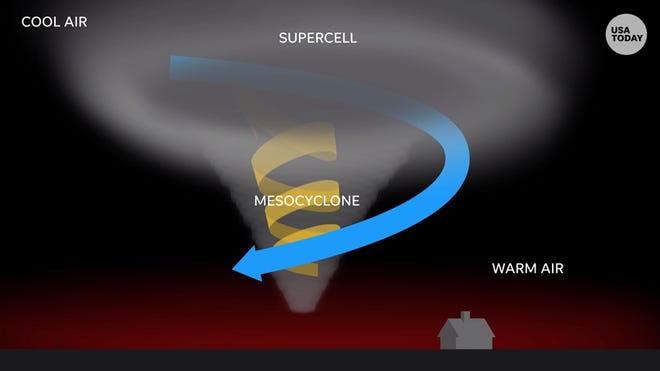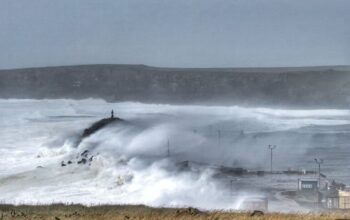2021 tornado season may be more destructive than usual across the United States because of La Niña. The forecast predicts….

The following written content by Doyle Rice
This year’s tornado season could be more severe than usual across the USA, in part because of La Niña.
The climate pattern called La Niña – a natural cycle marked by cooler-than-average ocean water in the central Pacific Ocean – is one of the main drivers of weather around the world, especially during the late fall, winter and early spring.
El Niño is the warming of these waters, which leads to different effects on weather patterns, according to Weather.com.
AccuWeather meteorologists said that because of La Niña, severe weather and tornado activity could abruptly fire up and rival 2011, one of the most notorious severe weather seasons, when tornadoes killed more than 550 Americans.
“The temperature of the water in the central and eastern tropical Pacific during February 2021 is similar to the La Niña pattern in February 2011,” AccuWeather meteorologist Paul Pastelok said.

A study in 2015 from Columbia University found that a fairly strong La Niña brings more tornadoes and hailstorms over portions of Oklahoma, Texas, Kansas and other parts of the southern USA.
La Niña concentrates hot, humid air over the southern USA, the National Oceanic and Atmospheric Administration said. The heat and humidity over the southern Plains states sets up a strong north-south temperature gradient, which in turn favors storm formation.
A study in 2017 published by the American Meteorological Society also found a link between U.S. tornado activity and La Niña.
Based on past decades, the chance for tornadoes typically increases from February into March in the South, and it is highest from April through June across the Plains, Weather.com said.
Pastelok said the mid- to lower-Mississippi Valley and the mid-Atlantic regions will have the highest risk for severe weather this spring.
Though several private teams offer seasonal tornado forecasts, including AccuWeather and Weather.com, the federal government’s NOAA does not, at least yet. Read more from USA Today.





